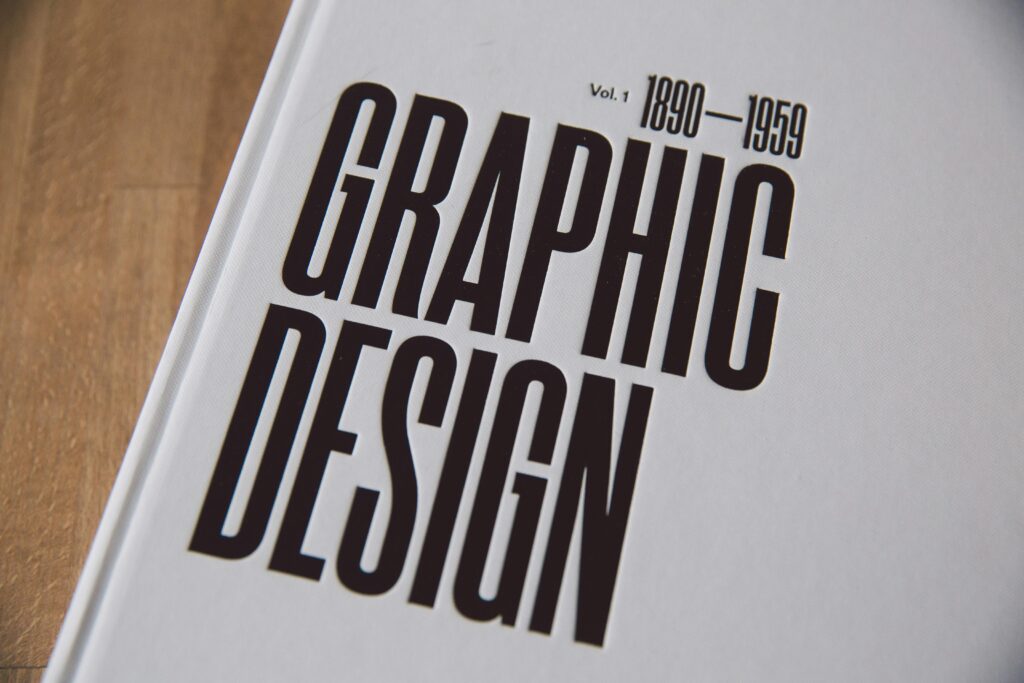First impressions are powerful, especially in the world of branding, where a single glance at a logo, color scheme, or design can shape perceptions about a business. Visual identity plays a pivotal role in capturing attention and establishing trust. This article explores the impact of professional graphic design on building a cohesive brand identity, highlighting how high-quality visuals, storytelling, and design alignment with core brand values create a memorable and relatable brand presence. From color psychology to logo design, we’ll uncover how professional design elements can strengthen brand identity and elevate market presence.
What is Brand Identity?
Brand identity is the distinctive visual and emotional representation of a brand, conveying its personality, values, and purpose to the audience. It includes a variety of components, each of which plays a crucial role in forming a cohesive and recognizable image. When well-executed, brand identity helps a brand stand out in a competitive marketplace and fosters lasting connections with its audience.
Core Components of Brand Identity
- Logo: A brand’s primary symbol, the logo, captures its essence in a single, memorable image. It’s the cornerstone of visual identity, providing the foundation for other design elements and giving the audience a quick, recognizable association with the brand. Logos can range from simple icons to elaborate wordmarks, but they are always a reflection of the brand’s core values.
- Color Palette: Colors evoke specific emotions and associations, helping to reinforce a brand’s message. For example, blue is often used by brands wanting to convey trust and dependability, while green is associated with growth and sustainability. A carefully chosen color palette not only enhances the aesthetics of brand materials but also makes the brand more memorable.
- Typography: The choice of fonts communicates a brand’s tone and character. Serif fonts are often seen as professional and traditional, while sans-serif fonts give a modern and clean feel. Typography brings depth to a brand’s personality, helping the audience understand its values and approach at a glance.
- Imagery and Graphics: Photos, illustrations, and other visual elements communicate a brand’s tone and style. Whether using clean and minimalistic imagery or bold and dynamic graphics, these visuals reinforce the brand’s character and offer an additional layer of storytelling.
- Brand Voice: Extending beyond visuals, brand voice defines the language style, tone, and approach in messaging. Consistency in voice across communication channels helps a brand sound authentic and cohesive, whether in social media posts, advertisements, or customer service interactions.
Importance of Consistency
Consistency across brand elements is key to building trust and recognition. When a brand maintains a unified look and feel across all platforms—such as its website, social media, and packaging—customers can quickly recognize and trust it. This consistent presence reinforces loyalty, as customers come to know what to expect from the brand, fostering a sense of familiarity and dependability. Over time, a cohesive brand identity becomes part of the brand’s reputation, making it easier for the audience to remember and connect with it.
In summary, brand identity is the culmination of design choices that represent a brand’s values, personality, and promise. By prioritizing consistency and aligning design elements with the brand’s core message, businesses can create a powerful identity that stands out and builds lasting customer relationships.
The Role of Graphic Design in Building Brand Identity
Visual Representation of Values
Graphic design transforms a brand’s core values into visual elements that communicate its essence. A minimalist design might reflect a commitment to simplicity, while vibrant colors might show energy and creativity. Through choices in color, layout, and imagery, graphic design creates a brand identity that aligns with its mission and values, making it more relatable to its target audience.
Emotion and Connection
Design evokes emotions and creates connections that go beyond just a logo or tagline. A well-designed brand visual can inspire trust, excitement, or nostalgia, helping customers form a deeper, more personal connection. These emotional cues build loyalty and positive associations with the brand, driving lasting relationships.
Differentiation in the Market
In a competitive landscape, effective design sets a brand apart. Unique visuals, consistent color palettes, and a cohesive brand voice make a brand recognizable in a crowded market. Differentiated design enables the brand to capture attention quickly and leave a memorable impression, enhancing its visibility and appeal.
Key Elements of Graphic Design that Strengthen Brand Identity
Logo Design
A logo serves as the visual cornerstone of a brand’s identity, offering a single, memorable image that captures the brand’s values and essence. The impact of a well-designed logo goes beyond aesthetics; it sets the brand apart, increases brand recognition, and communicates a brand’s personality. Iconic logos like Apple’s or Nike’s are so deeply ingrained in consumer minds that they instantly evoke brand values and experiences. A powerful logo is simple, adaptable, and relevant, encapsulating the core of what a brand stands for in a way that resonates with its audience.
Typography
Typography plays a substantial role in how a brand is perceived. Fonts have an immediate impact on tone, setting a professional, casual, classic, or innovative vibe. For instance, serif fonts are often associated with tradition and reliability, making them popular in financial services, while sans-serif fonts give a more modern, minimalistic appeal, often favored by tech brands. Handwritten or custom fonts can introduce a personal or artisanal feel, aligning with brands focused on creativity or human connection. Typography should reflect the brand’s values while remaining legible and consistent across platforms, reinforcing the identity visually and functionally.
Color Psychology
Color is one of the most emotionally evocative aspects of design and can strongly influence brand perception. Each color carries psychological associations—blue, for instance, conveys trust and calmness, making it a popular choice for healthcare or financial companies, while red evokes excitement, urgency, or passion, making it ideal for brands focused on energy or creativity. Green, often associated with nature and growth, fits brands centered on sustainability or wellness. By choosing a color palette that aligns with the brand’s purpose and audience, brands can strengthen the connection between their values and their visual representation, creating a subconscious bond with customers.
Imagery and Graphics
The images, illustrations, and graphics used in brand materials add depth to a brand’s identity, offering emotional appeal and enhancing the brand’s message. Imagery can communicate lifestyle elements, mood, and tone, directly influencing how customers perceive and relate to the brand. For instance, a luxury brand may use polished, high-resolution images with clean compositions, while an adventure brand might use bold, dynamic images of outdoor activities to create a sense of excitement. Illustrations can add a unique touch, conveying creativity and warmth or playfulness. Well-chosen imagery not only engages the audience but reinforces brand storytelling by aligning visuals with the brand’s core narrative.
Read our blogs at Blue Edge Business Solutions.
Check this also : Regic



